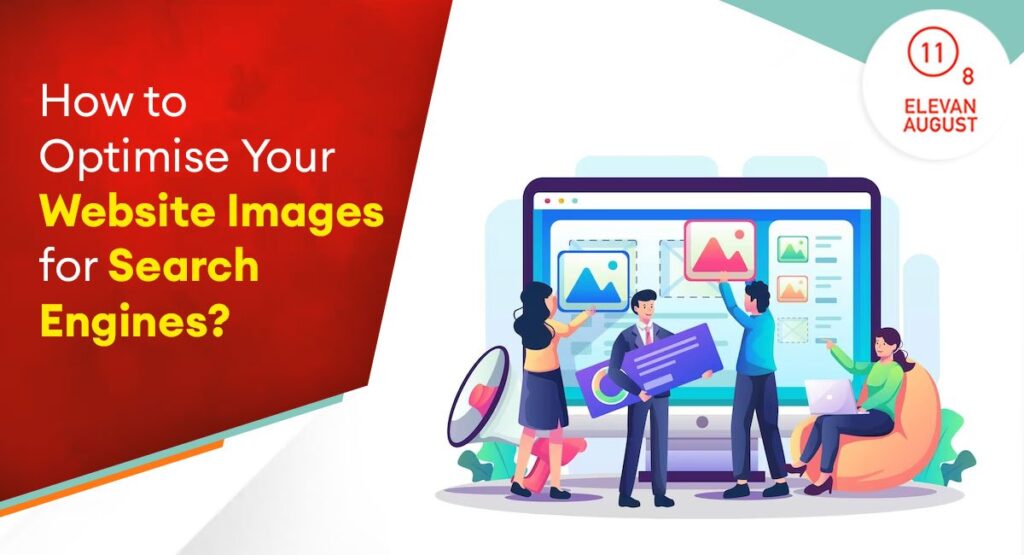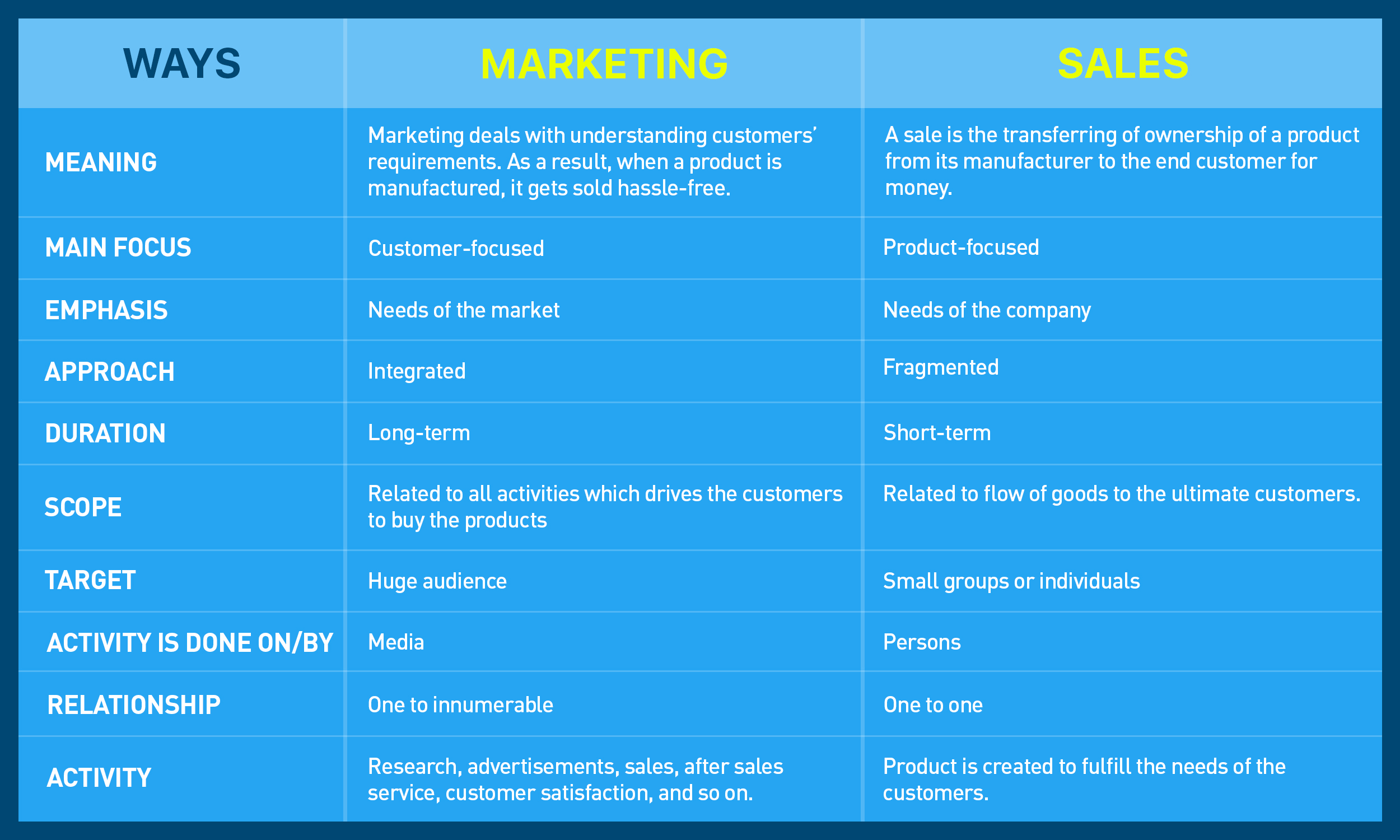Adding images to your website’s blogs, articles, and individual pages helps improve their visual appeal. Besides, as visual searches are becoming more popular, images on your website can play a critical role in driving traffic. Search engines such as Google considers more than 200 SEO factors when ranking a website for a specific search query. Image optimisation is a critical aspect of on-page SEO, and it will also help you rank on Google images. An SEO agency in Singapore can guide you on optimising images used on your website. Let’s check out some effective SEO tips to optimise your website images.
10 SEO Tips to Optimise Images on Your Website
While a user can understand the context of an image by simply viewing it, search engines cannot do so. Hence, it is critical to optimise your website images to help search engines understand its context, which will further help its rankings. The following are the SEO best practices for image optimisation on your website.
Select the right file name
The first step to optimise your website images is to use your focus keyphrase in the file name. In this regard, ensure that the file name of the images should be relevant and descriptive, and place the keywords at the beginning separated by hyphens. Avoid ‘underscores’ as search engines don’t recognise them. You should frame the file name in such a way that it helps both search engines and humans to easily understand the context of the image.
Use alt tags
Alternative text or alt text helps search engines index your image content properly. An ideal alt text helps search engines and visually impaired people understand the context of the image better. Further, sometimes, a technical glitch can prevent images from loading. In such a situation, search engines can read the alternative text and rank the images in relevant searches. It is better to write an alt tag that is more descriptive than its file name. You may include brand-relevant terms in the alt tags; however, we advise you to refrain from keyword stuffing.
Select the appropriate format
You need to select an appropriate format based on the type of image you are using and its purpose. For instance, JPEG is ideal for images published in blogs or articles. On the other hand, PNG is great for logos, icons, etc.
Resize images
Image size refers to its dimension, whereas file size refers to its storage space. Images with higher resolution and larger dimensions can slow your page loading time. Hence, you need to scale your images.
Select the appropriate compression rate
Compressing an image affects the file size and also its quality. Therefore, excessively compressing an image can result in poor image quality. Hence, you must experiment with different file types and compression rates to determine the ideal combination for each image used on the website.
Mobile-friendly images
Since Google’s algorithm uses mobile-first indexing, search engine crawlers check the site’s mobile version. Hence, it is critical to make your website images mobile-friendly. Some website builders can automatically resize images. However, you can specify image sizes according to a device’s width. You can hire SEO services in Singapore to ensure all the images used on your website are mobile-friendly.
Optimise image title
Platforms like WordPress usually take the image title from its file name. However, if the title is not helping to explain the image, you can modify it using appropriate keywords. Though they are not critical aspects of SEO, they can help provide additional context to your alternative text.
Add captions
Captions are the words that appear directly beneath the images placed on your website. They can indirectly impact SEO by improving user experience and engagement.
Include an image structured data
Adding image structured data allow search engines to display them as rich results. Besides, Google Images support structured data for product images, videos, etc.
Use sitemaps
A sitemap is a file containing information about your website’s pages, images, videos, and other files. They are critical for SEO as they help search engines understand your pages and website structure. You should include every image, whether an infographic, photo, video thumbnail, etc., in your sitemap to ensure search engine crawlers notice them.
When including images in the sitemap, ensure adding their title, description, URL, caption, and license information. If you host your website on WordPress, you can use Yoast SEO to automatically add visual content to the sitemap.
Therefore, by following these tips, you can optimise your website images for search engines. Elevan August Media is an SEO agency in Singaporethat can help optimise your website, including its content and images for search engines. You may lack the time or don’t have enough experience in optimising your website images. In such cases, feel free to pass on the responsibility to the SEO professionals at Elevan August Media for effective image optimisation.






